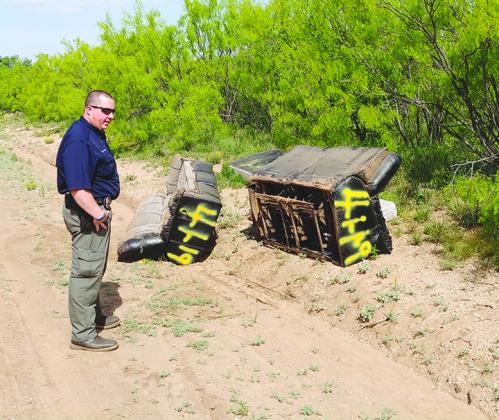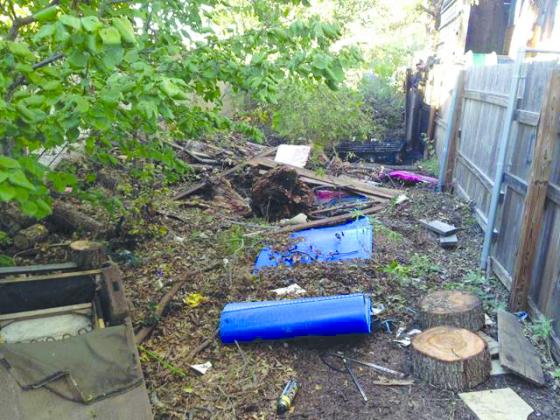Illegal dumping costing taxpayers, represents health and fire hazard
While many people, groups and organizations are doing their best to make Snyder a clean, attractive community, many others are trying to make it look like a giant trash dump.
Illegal dumping within the Snyder city limits has long been a problem, but it has gotten worse in recent years.
Whether that is because of trying to save a few dollars on a project, citizens have a lack of pride or out of just plain laziness, some area residents are simply dumping their couches, water heaters or other garbage on the side of the road, rather than taking those items to the landfill. Aside from being an eyesore, these debris piles also create health and fire safety hazards, officials said.
That leaves the problem of removing those items to City of Snyder work crews, who have to take time away from maintaining city streets and water and sewer lines to clean up after others.
“It’s a huge problem,” Public Works Director Eli Torres said. “In 2018, we hauled away 287 tons of material that had been illegally dumped, and I think we’ve hauled about half of that total so far this year. We’re spending about $50,000-$60,000 a year on it.”
Illegal dumping, simply put, is dumping discarded items in some place other than a dumpster or the city landfill, Snyder Fire Department Deputy Fire Marshal Nathan Hines said. It is against the law, with punishment ranging from fines to jail or even prison time.
The problem of illegal dumping is not restricted to one or two areas within the city. Hines said if a person were to travel down almost any road or alley in Snyder, they would witness the problem first-hand. Nor are only private citizens guilty of creating the problem. Hines said construction crews and other businesses have been caught in the act.
“People are using their yards as trash dumps,” Hines said. “People are dumping in vacant lots and the side of the road, just about everywhere you can dump garbage.”
In addition to being a major eyesore, these impromptu trash dumps also represent serious fire and health hazards and become nesting grounds for rats, insects and other vermin.
Hines admitted enforcement of anti-dumping statutes has been spotty in the past, but that is changing. Increased patrols and other efforts to target violators are already under way.
“We’re going to start enforcing it a lot more now that the city-wide clean-up is over,” Hines said. “A lot of areas are clean now, and we want to keep it that way.”
In addition to the “stick” of increased enforcement, city officials also are dangling a “carrot” — people will be able to deliver one load of discarded items a month free of charge to the city landfill, provided they can show a current city utility bill.
“We just want people to be more vigilant and have more pride in their community,” Hines said.



